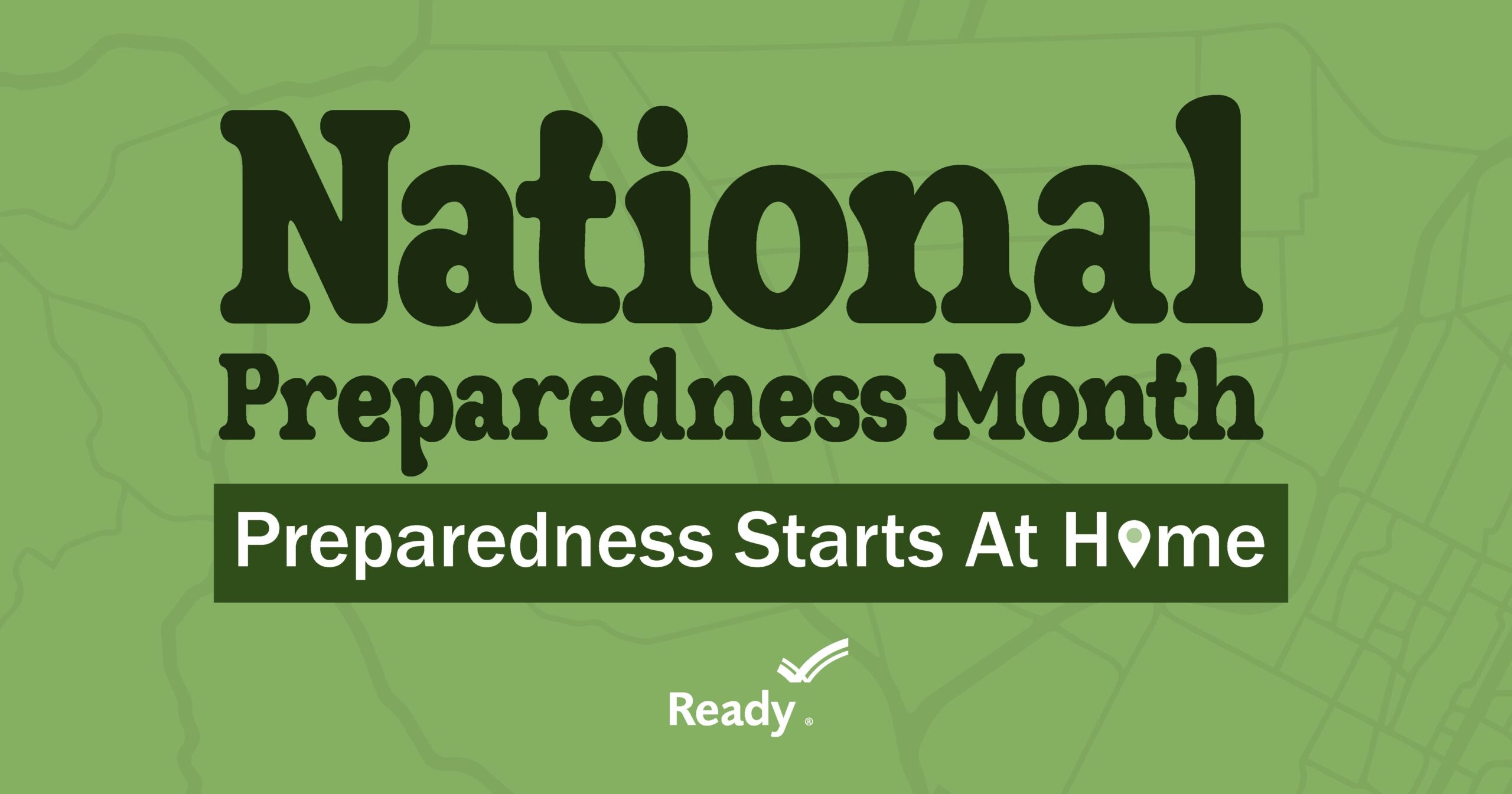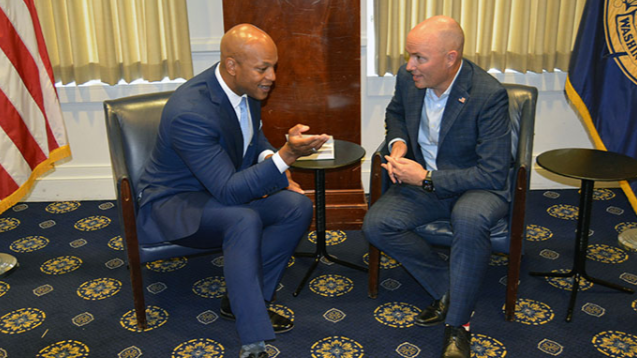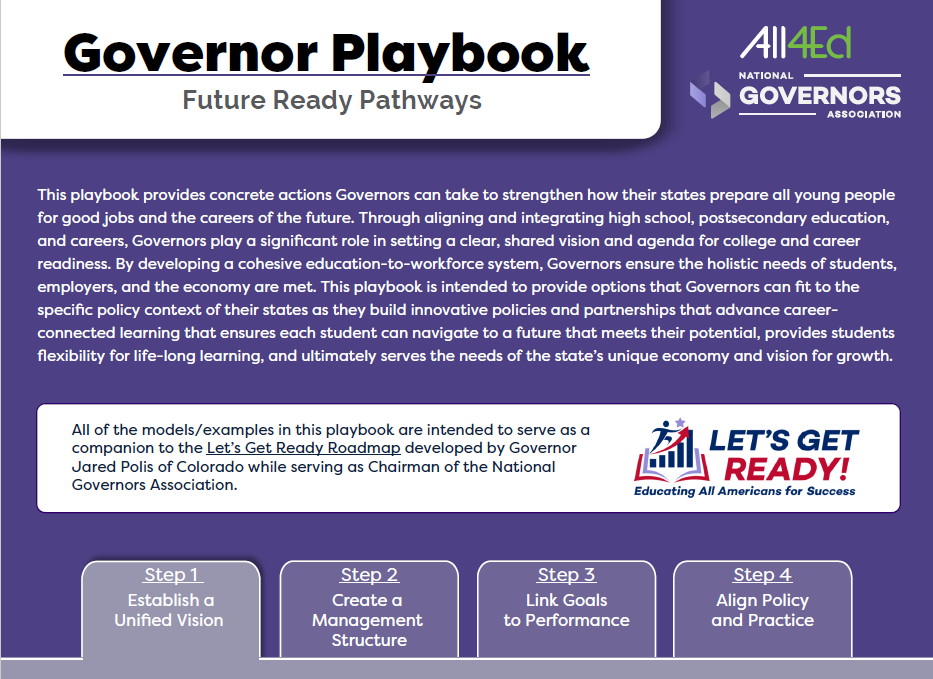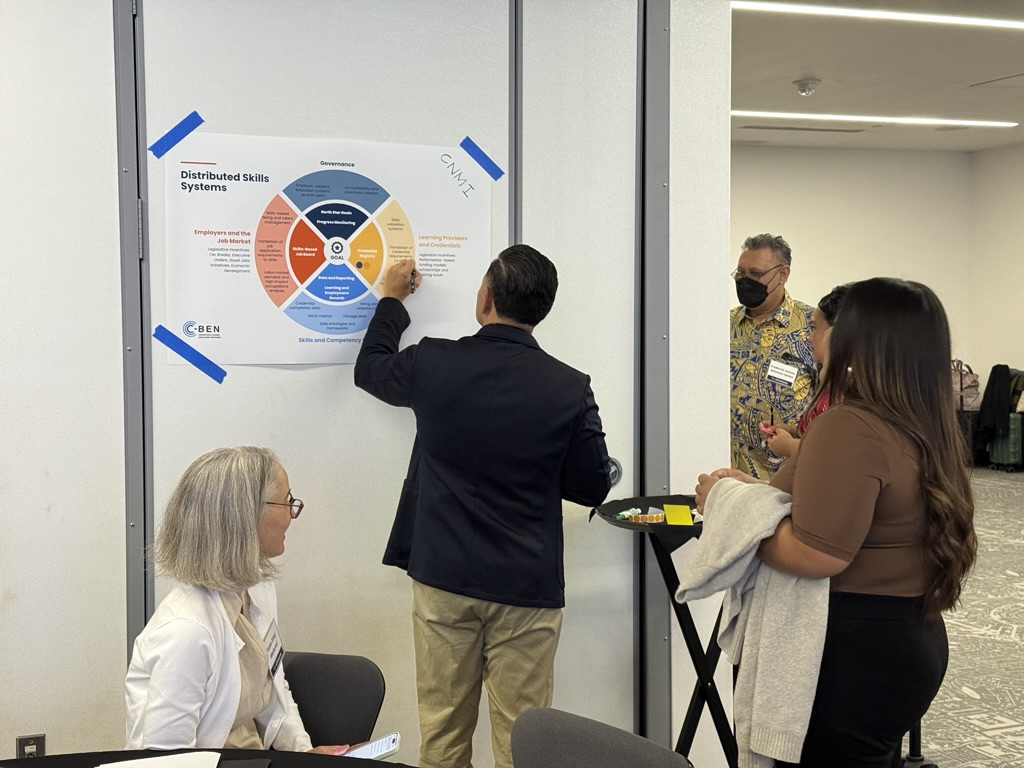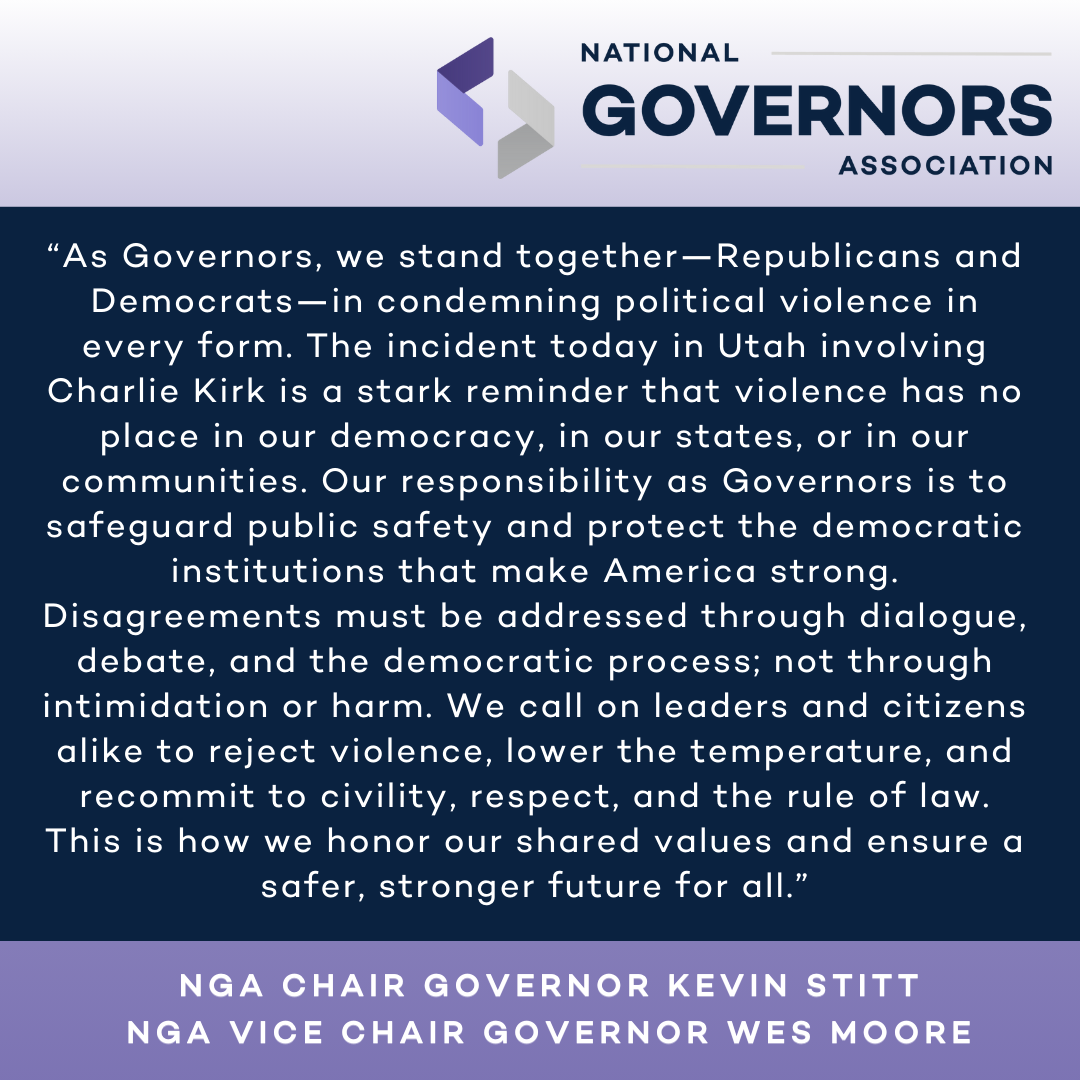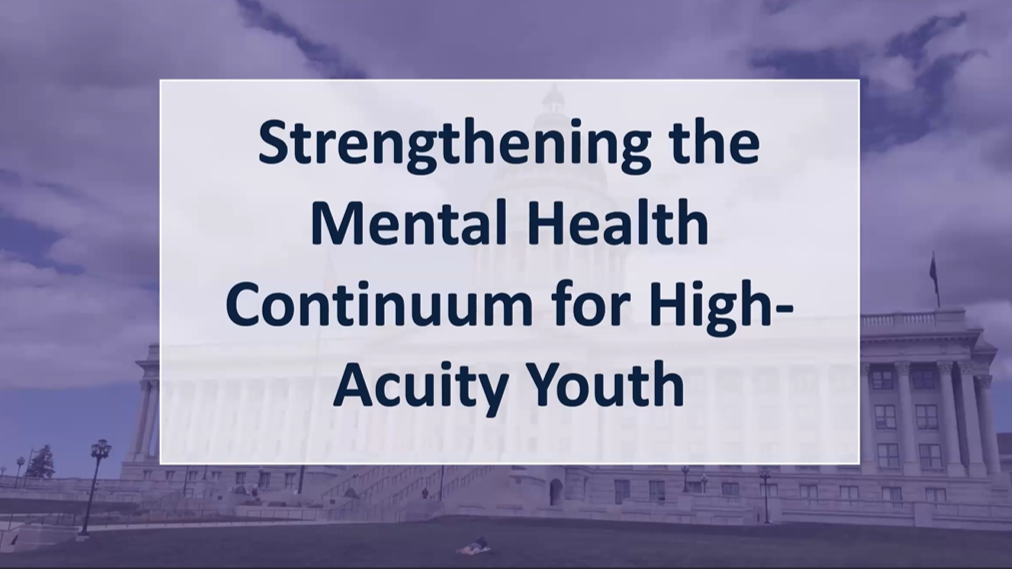On May 7, 2024, the NGA Public Health and Disaster Response Task Force held a congressional briefing on building readiness and resiliency to combat disasters and emerging threats including cyber, health, National Guard, and homeland security. This briefing united congress, federal agencies, and private partners to understand the priorities of state and territory leaders.
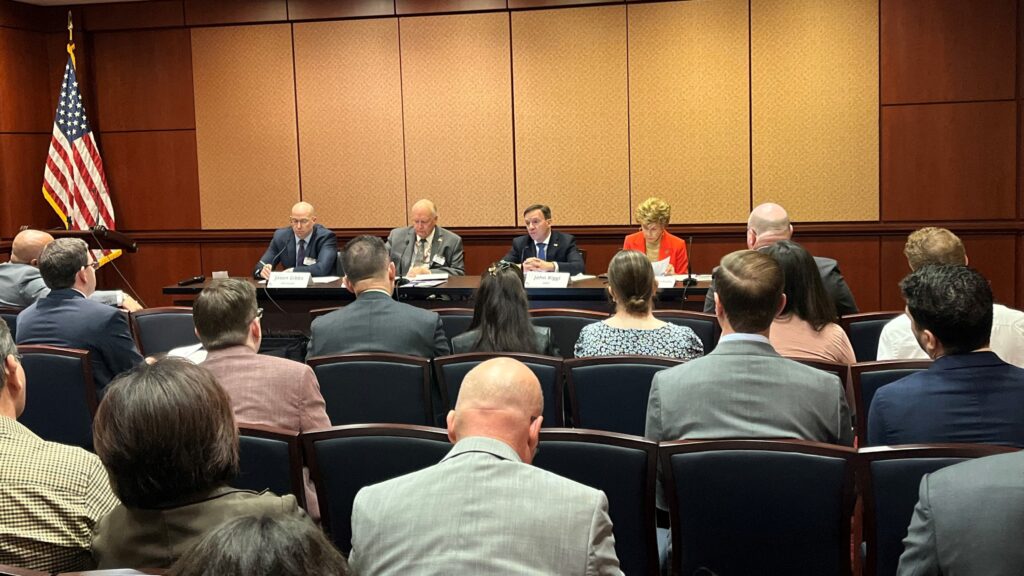
Jason Gibbs, Chief of Staff to Vermont Governor Phil Scott and Co-Chair of the Task Force, opened the event with an overview of the Task Force’s work. Gibbs noted the increasing frequency and complexity of natural and man-made disasters, necessitating effective collaboration between state, territory and federal officials in prevention and response. Gibbs also highlighted a current priority of the Governors is maintaining authorities of their respective National Guards in light of the recent Legislative Proposal 480. A recent NGA letter, signed by 53 Governors, outlined their objections to the proposal and undermining of authority. Gibbs noted the Council of Governors has also sent a letter in objection.
Russel Strickland, Secretary of Emergency Management for Maryland and President of the National Emergency Management Association (NEMA), then shared the perspective of NEMA on building readiness and resiliency. Strickland noted that disasters “start and end locally,” and provided an example that in Fiscal Year 2023 there were 60 events that required a federal major or emergency declaration. During that same time, state and local emergency managers managed 27,299 events without federal assistance. Strickland also reminded attendees that “if you have seen one State or Territory, you have seen one State or Territory,” meaning that each jurisdiction is different in its needs and processes in preparing for and responding to disasters. It is an important point for Congress to recognize the necessity of providing flexibility in funding and avoiding a one size fits all approach for programs.
The topic then moved to cybersecurity with John Riggi, National Advisor for Cybersecurity and Risk to the American Hospital Association, describing the state of cyber risks and threats to the health care sector in America as: “in critical condition.” The FBI has determined that the health care sector is the most attacked by cyber adversaries of any other critical infrastructure sector. These attacks conducted by criminal enterprises and nation-state actors include data theft, data extortion, and ransomware attacks. The impacts of these attacks are felt on a national level including healthcare delivery and access, highlighting the importance of collaboration across all levels of government. To avoid a disjointed response, cyber incidence response must be incorporated as part of overall emergency management planning.
Madeleine Bordallo, Director of the Washington office for Guam Governor Lou Leon Guerrero, discussed Guam’s response to Typhoon Mawar which hit in May of 2023. She highlighted the importance of a quick federal response to areas like the territories with limited resources in times of a disaster and how the typhoon revealed the need for improving critical infrastructure related to disaster response on Guam. Bordallo also described how during Typhoon Mawar, Guam was also subject to a cyber-attack by the hacking group Volt Typhoon. The Guam National Guard was able to quickly respond in this time and Bordallo described the benefits of having a large National Guard to support the island during various disasters. Bordallo ended by reminding congressional staff of the need to explicitly include Territories in legislation as it is developed, and of Guam’s strategic importance in responding to geopolitical threats and strengthening ties in the Pacific.
To close the presentation panelists gave a quick summary of State work on prevention and response, and highlighted priority “asks” for Congress, including:
- Pass the Management Cost Bill
- Restore emergency management cuts that were in the FY24 budget
- Increase the Emergency Management Planning Grant in FY25
- Support for healthcare providers in response to a recent large-scale cyber attack. (AHA Letter)
- Renewal of the Cybersecurity Sharing Act
- Funding for upgrading weather monitoring devices on Guam
- Extension of Typhoon Mawar recovery funding
- A reminder that housing is the most significant challenge in long-term recovery and that should be taken into consideration when crafting recovery legislation, regulation, and programs.
- Underscoring that states and territories are vulnerable during natural disasters and thus cyber-attacks now happen almost simultaneously requiring additional resources during an already challenging time.
Gibbs also noted that the NGA Public Health and Disaster Response Task Force Task Force would be releasing a letter on FY25 appropriations priorities. Please bookmark the Task Force page for continuing updates.
During the questions and answers segments, additional states reiterated the necessity of the conversation today stating that threats are continuing to evolve, occur in greater frequency, and require more action from the state and territory to be resolved. They also addressed LP480 and spoke to the importance of the National Guard in mitigating the threat landscape.
For more on the work of the Task Force please contact: Renee Antoine (rantoine@nga.org) and Abigail Judstra (ajudstra@nga.org)

